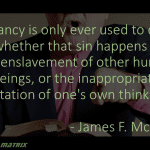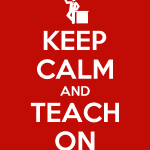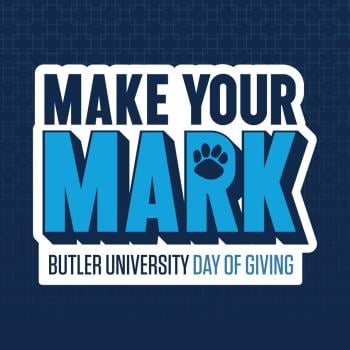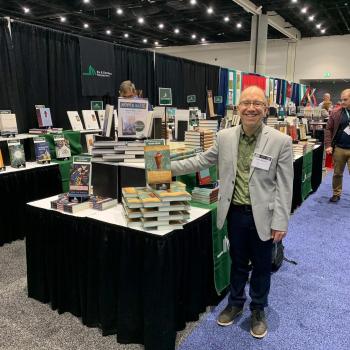Traditions of Eastern Late Antiquity was involved in multiple sessions at the American Academy of Religion annual meeting in San Diego in November, including the one with a panel focused on the Mandaean Book of John that I already blogged about some time ago, and from which Jim Davila shared his review of an important recent book by Michael Stone. Here is a brief glimpse of another of our sessions, based on notes I took during the presentations.
In our open session, Jason Mokhtarian presented on Talmud Bavli, which I had not realized is the largest collection of remedies from Late Antiquities, in addition to everything else it is. Approaches to illness include incantations, surgery, and a whole range of others. The approach leans more towards human treatments rather than focusing on seeking divine interventions. Plant-based drugs and the perils of relying on human doctors are illustrated and commented on. Yet this material is scattered throughout Bavli and so not always studied together. The material illustrates that the rabbis were first and foremost legal experts, not physicians. They represent a kind of medical eclecticism, adapting what they borrow. Jason has 11 possible sources enumerated in his book, including exegesis, non-Jewish medical systems, folklore and demonology, rabbinic innovations, surgery on animals, bull sorcerers, observation of nature, and etiological speculation. The focus of his paper was on knowledge borrowed from others.
Cuneiform therapies have a lot of “if not…” as does b.Shabbat 110b. It was an Akkadian tactic to put pig heart on the heart of an afflicted person, and this also appears in the Talmud.
I was struck by a passing reference to Tal Ilan asserting that “mother” was a title for an expert folk medicine practitioner. b.Shabbat 109b has a rabbi’s mother make a healing potion. I’m interested in women as preservers and practitioners of medicine and healing, from whom Jesus may have learned.
The Talmud doesn’t seem to want to admit the non-Jewish source of some of its therapeutic knowledge.
Laura Locke Estes presented on clothing and conversion in Persia. Dhimmi status depended on wearing certain accessories and avoiding others. She talked about the Pact of Umar, the zunar belt worn over one’s garment, and more generally about anxiety with respect to identity and mixing of religions. Slave of Christ (Abda da-Mshiha) compares baptism to the piercing of the ear of a slave in Deut.15 and Exodus. The main text Estes focused on claims that wearing earrings was rejected by Jews even though no there is no evidence of this from Jewish sources. In the text we get the impression that an earring was indicative of being a slave, whereas the boy who converts is a free person, and so that may have been at the heart of the controversy. He accuses participants at a meal of being guilty of the murder of Christ. The story of his martyrdom is followed by exploration of his relic, which is miraculously restored to his homeland, while the rest of him performs miracles in an unidentified Western location.
Ceremonial removal of the zunar (belt) was indicative of apostasy, cut off when someone is expelled from the Christian community. In the Q&A, Zsuzsanna Gulácsi mentioned Manichaean conversion formulas that mention garments, defilement of the garment of apostates.
Mark Leuchter gave his first AAR paper, being an SBL member. Abraham Kunin challenged the historicity of the Great Assembly. Leuchter sees it instead as reflecting a memory of a scribal guild. Ezra is turned into not only the promulgator and restorer of Torah but also one before whose arrival in Jerusalem the temple was not yet truly complete and functional. At one point as an illustration he mentioned the movie The Pawnbroker, which follows a Holocaust survivor and provides a perspective on his experience of trauma through brief glimpses of memory that break through into consciousness, often unexpectedly or without an obvious trigger.
On Babylonian medicine see also BabMed Corpora. See also the Daf Yomi on birth control and miscarriages.
Apologies that it took me so long to get around to blogging about this session! Hopefully we will not find that the annual meeting in November 2020 ends up being cancelled as a result of COVID-19. If it does, I’d suggest that we try holding a virtual conference. The main risk, of course, is that we might find that format so beneficial that we will be harder pressed to make the case for going back to the traditional way of doing things…













